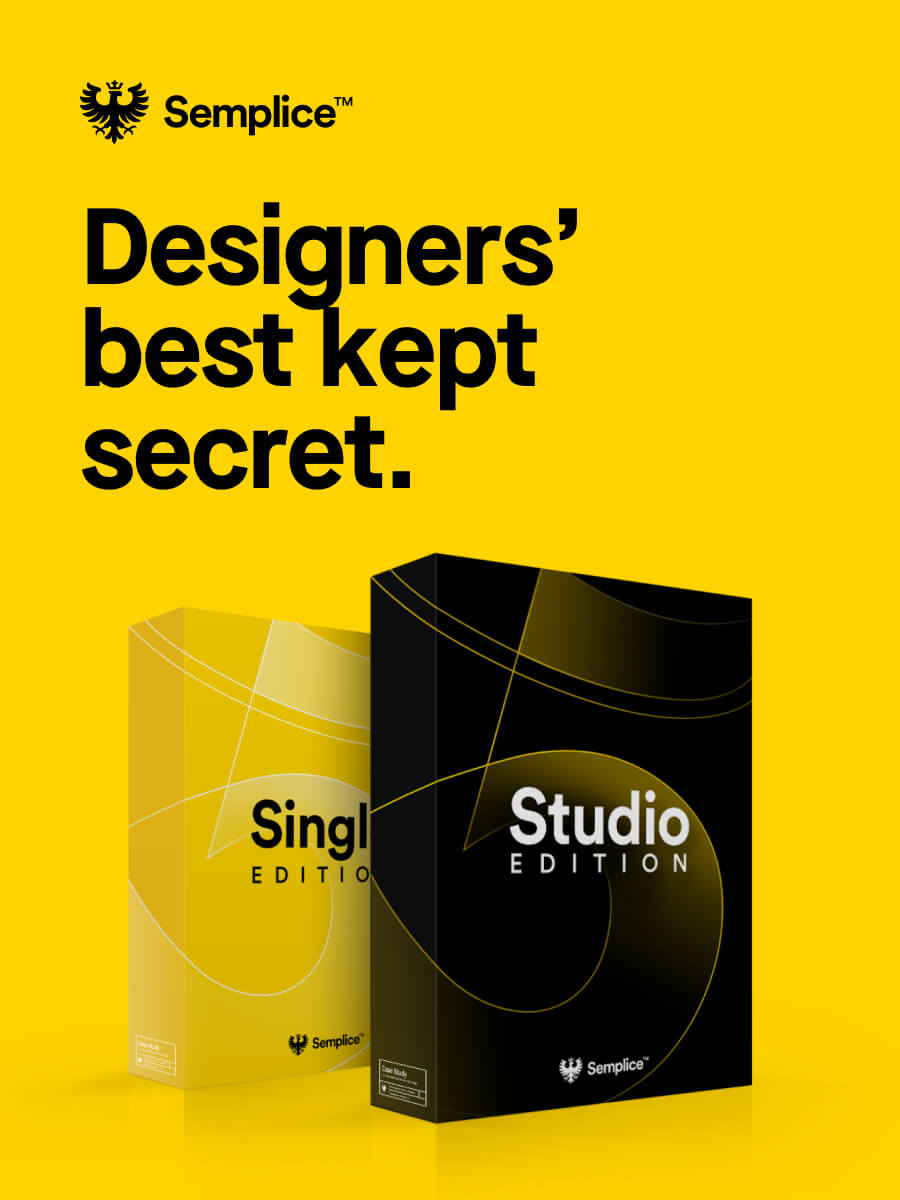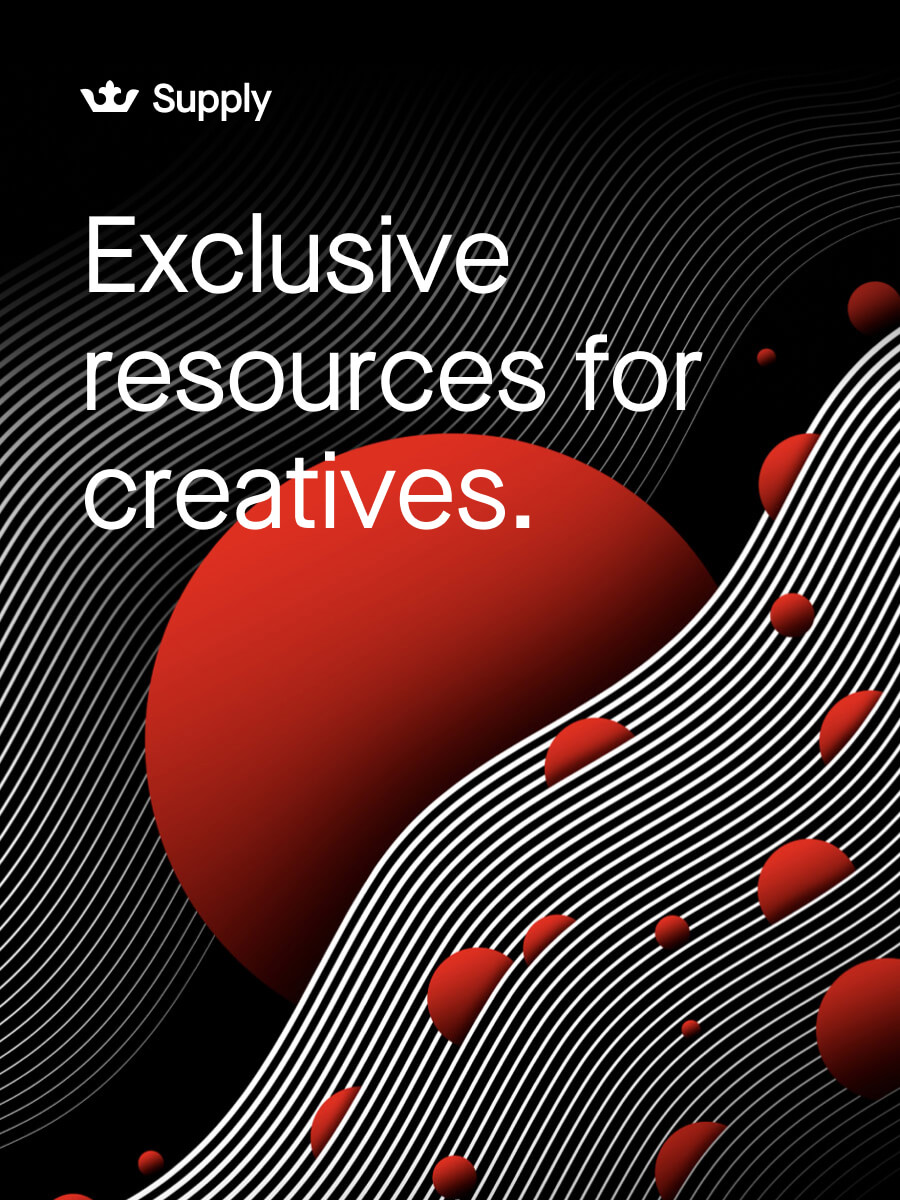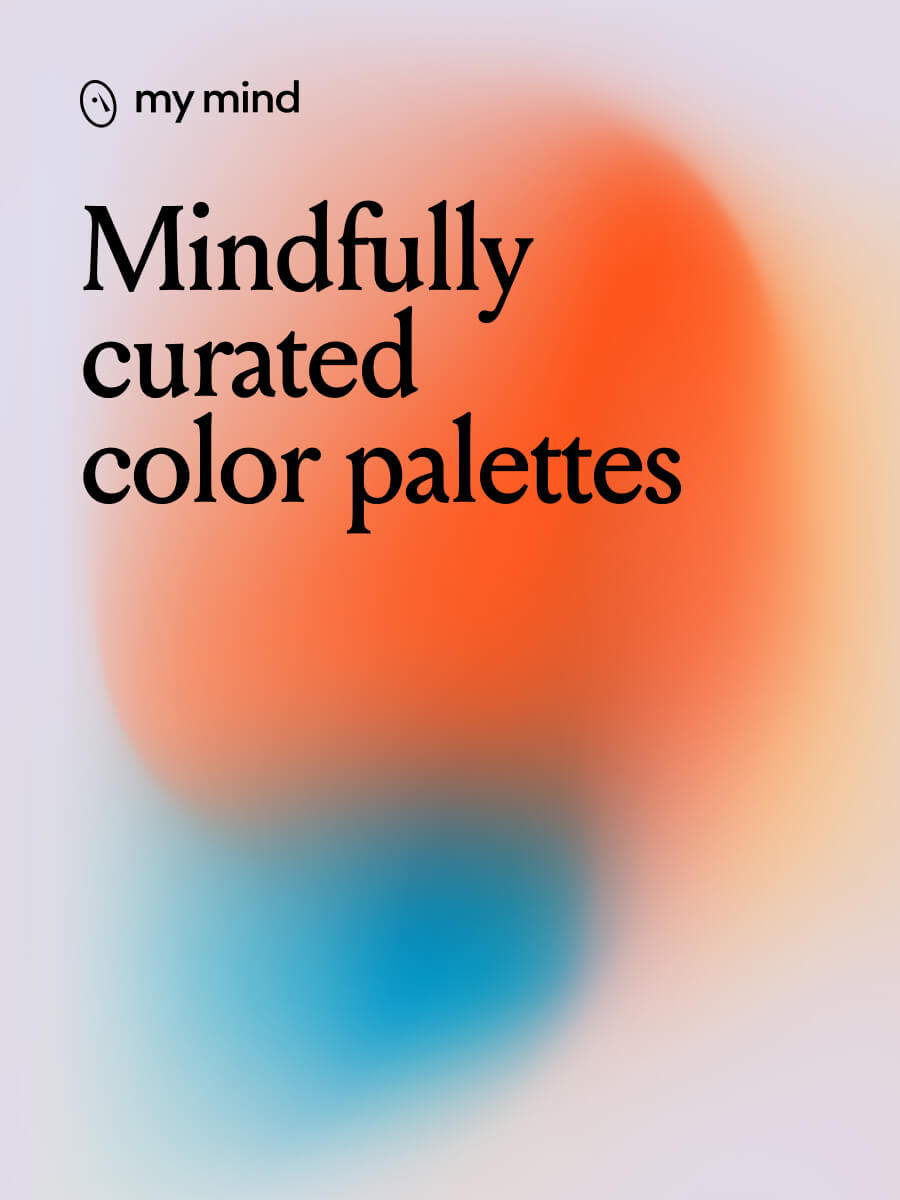How to Get a Job at MailChimp
Published
Everybody uses MailChimp. It’s one of the most trusted email platforms out there, and it’s earned its reputation through excellent design and a thoughtful user experience.
The company culture, as you’ll learn in a moment, is equally purposeful. Todd Dominey has a hand in all of that. As director of design at MailChimp, Todd guides the vision for the product and brand — and would be the guy hiring you to help make it all happen.

Hey, Todd. Let’s do this. Looking at your current design team, how many of them came through internal referrals and how many came through the traditional application process?
In the early years, many of MailChimp’s employees were internal referrals. We’re a much bigger company now, and having a diverse team of people with different backgrounds and experiences is super important to us. We hire through a lot of different recruiting, sourcing and networking channels. We also hire people who applied through our website.
Would you say the majority of designers you hire have been pre-selected and head hunted by your team, or do you get a lot of cold applications as well?
Our recruiting team does a bit of both, but because of the high volume of applicants we receive, much of their time is spent filtering people who approach us. Sometimes people are hired for specific job openings, other times we’ve come across people so perfect for MailChimp we’ve created roles for them. The challenge is finding the right people for the company. Did I mention we’re hiring? 🙂

Say I decide to reach out with a cold email. What kind of message gets a reply, any secrets for us? Should I just fill out the job posting form?
We’ve seen people do clever things to get our attention, which is fun. That said, applying through our site’s jobs form really does work. Everyone who applies is considered, and our recruiting team really goes out of their way to make that interaction personal and positive. Most applicants have genuine love and appreciation for MailChimp, and they are more often than not users of the product. Applicants deserve to have a good experience when interacting with us, even if we aren’t able to extend an offer.
How important is a visual and complete portfolio for you? Can I get away with not having a portfolio when interviewing at MailChimp?
Every designer who interviews at MailChimp should be prepared to share work. How prepared or polished their presentation is doesn’t really matter — the work itself is enough to land an interview and get a conversation moving. From that point on in the process, the work usually takes a back seat, and more time is spent getting to know the person and whether they’d be a good fit at MailChimp.
I typically look for things like how a designer describes their involvement in a project, the process they went through to arrive at a solution and whether their project was considered a success. Humility, thoughtfulness, empathy and a willingness to share examples of challenges they’ve faced, whether creative or personal, are other factors. Getting a sense of someone’s character and their ability to collaborate with others is super important at MailChimp.

Besides having a portfolio, do you like the idea of designers being very invested in other things? For example being active bloggers, or otherwise outspoken in their community?
You know, it’s funny. Many years ago when I was fresh out of college, I interviewed at a small software company and was turned down for an entry-level job. I asked why, because I was under the impression our interview went well, and the recruiter told me I had too many outside interests. I guess I had rambled on too much about photography, music or whatever in our interview, and apparently that was a big red flag. People like me had a habit of quitting, they said.
Well, good thing I wasn’t hired! MailChimp is the polar opposite. We get excited by people who’ve had a variety of experiences in life, or have quirky hobbies or passions that make them unique. Our culture is rich because of our people. Diversity of background, life experience and opinion helps us build more well-rounded products that hopefully appeal to more types of users. We actually have an informal “Night School” meet-up at MailChimp where employees volunteer to teach others about whatever they’re into, whether that’s improv comedy or learning to roll sushi. It’s all part of what makes the culture of MailChimp unique.

What are the top mistakes you see designers make when applying for a job at MailChimp? Are there any specific things that keep bothering you? Please complain to us! (:
I’m not sure if this qualifies as a “mistake” per se, but I’ve seen designers pitch portfolio work like they’re trying to land a client or win approval. It’s understandable since that’s what designers are typically accustomed to doing, but neither is necessary in a job interview.
A more effective use of time would be explaining how a project solved a client’s problem, how designs were changed based on client feedback, and anything they wished they could have done but couldn’t, for whatever reason. Those stories are far more useful and interesting than someone trying to sell their talent. From a product design perspective, I also prefer seeing work that is technically feasible, as it demonstrates awareness and respect for the engineering side of the equation.
“I also prefer seeing work that is technically feasible, as it demonstrates awareness and respect for the engineering side of the equation.”
Do you have a favorite story of an application that really stuck with you?
The ones I remember most are the designers who came through the door and talked about something other than aesthetics. Designers who talked about user research, experience maps, and even business or product strategy. This is especially true for product designers who have to juggle so many factors in what they build. I’ve also seen brand and marketing designers spend more time in an interview sharing crazy stuff they made purely for their own enjoyment or to help out a friend. I love that! It shows a true love of craft. Design isn’t merely a job, but something they wake up thinking about. It’s part of their daily life.

Say I make the first pass and get invited to an interview. Can you describe the interview process as briefly as possible?
The process usually goes through a few rounds. We start with a phone interview to get the ball rolling. One of our recruiters typically handles that to learn more about the candidate, why they chose MailChimp, etc. If that conversation goes well, and one of our design leaders likes their work, we’ll schedule a face-to-face interview. This part is important -- it gives us a sense of someone’s personality and how well they’d mesh with MailChimp. Once we get past that, we’ll often get together again to discuss the type of role we see for them, what their responsibilities will be and address any questions or requirements they have. If everything seems good by this point, we make an offer. It’s pretty rare we make it all the way to the offer stage without someone accepting.
I know MailChimp is very much about the culture. Would you hire someone who is a cultural fit over someone who has more industry experience and hard skills?
MailChimp has a funny way of attracting misfits, perhaps because that’s how the business was founded. We’re not in Silicon Valley or part of the startup scene, so we’ve always done things our way. We just try to be ourselves and real, which hopefully inspires others who use our product to do the same when marketing their businesses.
When hiring, MailChimp doesn't necessarily focus on people who fit the bill in the traditional sense for a job, but people who will bring a variety of experiences, backgrounds and perspective into the fold. We’d much rather hire people who are humble, independent, empathetic and curious than people who lack those qualities and have a ton of industry experience.
“MailChimp has a funny way of attracting misfits.”
What secondary skills do you look for in a designer, besides common soft skills? For example, do you prefer business skills over coding skills?
The design department at MailChimp has a variety of designers, including web and mobile product designers, brand designers and product marketing designers. If I had to pick a single thread between them all, customer and brand experience is huge. Doesn’t matter what type of design you’re responsible for, your contribution is part of a singular experience from the perspective of our more than 15 million users. Designers have to understand how their work contributes to that experience and collaborate with other designers to ensure their designs are consistent and on-brand.

Do you require designers to have “tech” experience to work at MailChimp, or can they come from any creative background? Would five years of tech experience get me further than five years in the advertising industry?
We have a few designers on the team with little-to-no technical experience. They’re artists, really, who love to make beautiful, original things that enrich our brand and company culture. Some of their work is only seen internally, but the rest has a habit of finding its way into our advertising, product marketing and other places. I’m not sure how many other companies would do the same but for MailChimp, it’s one of the things that makes us stand out.
We're all artists to some degree, I can't agree more with that. Would you hire people from anywhere in the world and help someone get through the visa struggles if it’s worth it, or do you prefer to hire people on location first?
We have people from all over, but most of our applicants come from somewhere within the United States. Being in Atlanta, we tend to attract people from the region, or people who are looking for a different pace of life and more affordable cost of living than a city like San Francisco, New York, etc.
How did you get your job, if we may ask? 😉
Every day I ask myself the same question! I guess I’ve been fortunate in that I’ve been committed to design as a profession since graduating from college a little over twenty years ago. I’m old enough to have worked in print before the web became a thing, made the leap to digital in the late ’90s, and kept at it long enough to get here. I’ve been everything from an intern to an individual contributor, a startup founder and now a design director for a respected brand and product used by millions.
Sometimes younger designers ask what it’s like being a designer who “no longer designs.” Meaning, someone who pushes pixels and writes code. For me, I feel I’m still designing, but in a different way. My focus today is on brand experiences, evangelizing quality design and user experiences and figuring out how to optimize our team’s process for creative excellence and operational efficiency.
Sometimes I really miss putting on a pair of headphones and spending hours on end tweaking a layout, but those days are behind me now. I’m here to help others on my team be their very best and use design to keep MailChimp weird, solve user problems and grow the business.
__
Thanks so much for your time and honesty, Todd! Lots of helpful insights here, but these stand out the most:
Nr. 1 - Bring your personal passions to the table. MailChimp encourages you to have hobbies and diverse interests. Show them, don't hide it. Culture is a big part of their company, so your own passions can play a big part in that. Share your side projects and talk about the things you do at night or on the weekends. What other companies may see as a red flag, MailChimp may see as a valueable asset.
Nr. 2 - “Designers who do customer support” This is interesting because I very much care about this as well. I love designers or developers who also do customer support. It brings you closer to the people who actually use your product. Show a passion that you're interested in doing whatever it takes to design a beautiful & useful product. Customer support often gets a bad rap, but only because it's poorly done by most companies. Show that you're interested in doing things that might be not your traditional job titles responsibilities.
Nr. 3 - Don’t pitch your work. Explain it. MailChimp doesn’t want you to treat them like a client you need to win over. They simply want to understand who you are and how you work. Be genuine and focus on having a real conversation about who you are.
That’s all for now! More exciting companies coming to this series soon. You can find more interviews with companies like Spotify, Nike, Edenspiekermann, Airbnb and Electronic Arts on the "How to Get a Job" Series page.
And if you have a request, just shoot me a note on Twitter @vanschneider.
Stay awesome & keep creating,
Tobias
Read more
© 2021 House of van Schneider LLC
All rights reserved.
MORE ABOUT TVS
About DESK
Curated mixtapes
DESK partnerships
BECOME A FRIEND
Twitter
Dribbble
Instagram
We're sorry, our pandas couldn't find any articles
Why don't you take a look at popular topics like
Design, Productivity or Self-Improvement?








